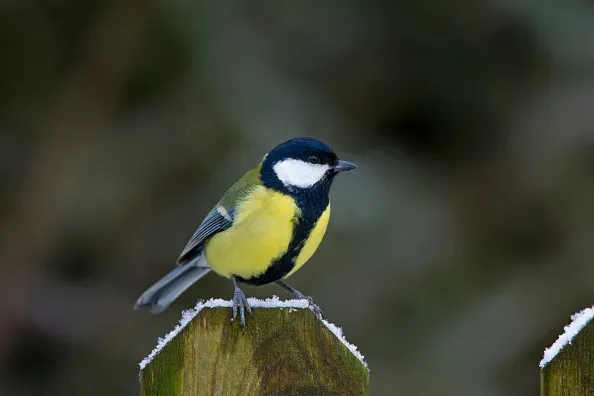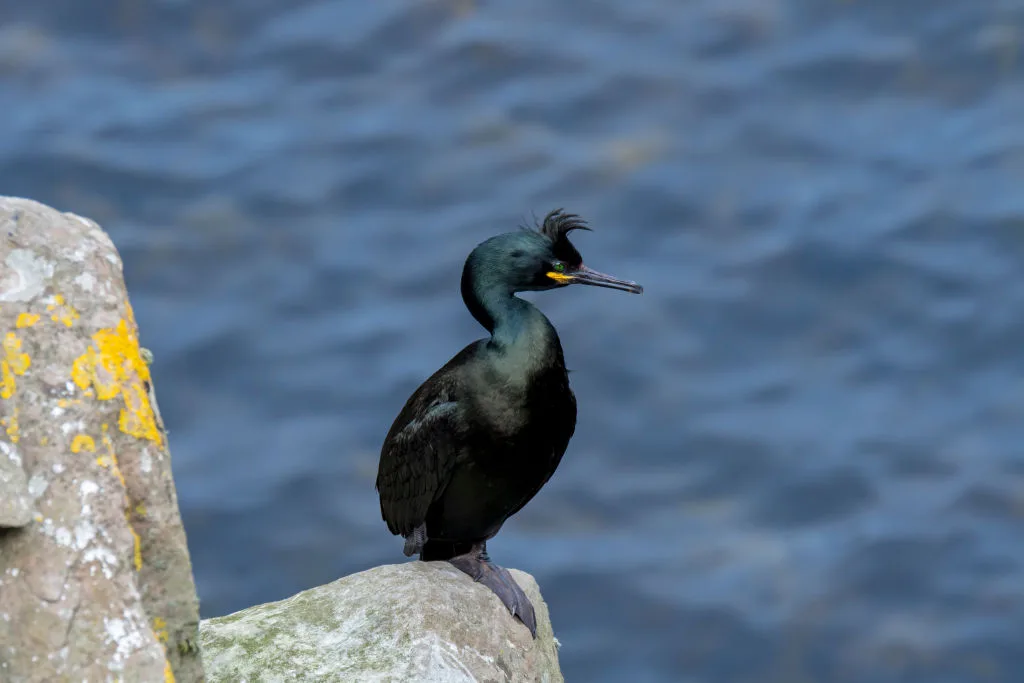Taxonomy (the classification of living things) is actually quite a serious matter. When a new species or subspecies is discovered it needs a name that will document it, giving a reliable source of information for identification.
Scientific names can be pretty revealing: the Latin name for grizzly bear is ursus arctos horribilis. With ursus being the genus for bear, arctos denoting the species brown bear, and horribilis, quite literally meaning horrible, or dreadful.
- 10 silliest bird names on the planet
- Who thinks of these? 11 animals with the weirdest, bizarrest names, including chicken turtle, sarcastic fringehead and even a striped pyjama squid
Common names are given to animals to make it easier for the general public to identify and pronounce a species. Some of the etymology of these is unclear and some make you wonder if the namer did have a sense of humour.
Were all the below all named in good faith? Or was someone poking fun? We delve deeper...
Rudest animal names
Boobies

Despite the fact two divers have filmed an extraordinary encounter with a red-footed booby off the coast of Dorset, England, you're unlikely to spot one of these birds in the UK. Probably not even in Booby's Bay, Cornwall, despite it being named after the gannet-like bird.
The red-footed, masked, blue-footed and brown booby are large seabirds that live in tropical and sub-tropical regions of the Pacific, Atlantic and Indian oceans. They are amazing hunters, diving from a height into the sea before chasing down their prey underwater.
It's said that their name comes from the Spanish word "bobo", which means foolish. They don't have a great sense of danger, making them vulnerable at times.
Dik-dik

These miniature antelopes look far too adorable and innocent to be labelled with such a comical name. They stand only about 16 inches tall, and because of their small size are, unsurprisingly, prey animals for many carnivores in the shrublands and savannas of eastern Africa where they live.
Dik-diks owe their common name to the “zik-zik” alarm whistle sound females make when in danger. They are not the only species named after sounds or calls they make: discover 10 more animals who sound like their names.
Andean cock-of-the-rock

Yes, there really is a bird called the cock-of-the-rock. It's found in South America and likes to build nests on rocks and ledges. It's definitely one of the most flamboyant and weirdest birds of all, yet the male cock-of-the-rock is surprisingly shy and elusive most of the time.
However, at its communal dancing ground (or lek) the males really do live up to their names. Males gather to jump, bow, wing-flutter, gurgle and moan in an effort to outdo each other and impress females. We just wonder what the females are really thinking about this extravagant display.
Slippery Dick

While most fish are renowned for being slippery and hard to keep hold of, the Halichoeres bivittatus got lumped with the ungainly adjective in its name. It's a long fish that's found in the tropical waters of the western Atlantic Ocean and Caribbean Sea.
You can identify it by its bluish-grey to greenish-brown colour and distinctive stripes that run from the snout through the eye to the back fin. On the plus side for this fish, it's probably not a name you want to see on your menu.
Great tit

Bearded tit, blue tit, great tit – the list of humorous names that make up this large family of small, stocky birds is almost endless.
Also known as chickadees for their distinctive alarm call, these stout-billed birds mainly live in woodland. There are seven tit species in the UK and many more worldwide – particularly in the Northern Hemisphere and Africa.
Pigbutt worm

To see a pigbutt worm (Chaetopterus pugaporcinus) you’ll need to dive 800m into the twilight zone where they float around looking – quite frankly – like a pair of pink, peachy pig’s buttocks.
They are actually polychaete worms, relatives of common coastal species like lugworms and ragworms, which generally have bodies in segments, each one bearing lots of bristles. In the pigbutt worm, one segment has enlarged into a jelly-filled bubble that boosts the animal’s buoyancy and helps it float.
Cockchafer

You may hear this large flying beetle before you see it as they are pretty noisy in flight. They are clumsy too, often bumping into garden obstacles and your home windows.
The common cockchafer (Melolontha melolontha) is found in the south of the UK, and the northern cockchafer (Melolontha hippocastani) in northern England, Scotland and Ireland.
They have hairy bodies and whiteish triangles on their sides, and are also known as the May bug as they only live for four to five weeks from late April to July. Their name is thought to come from “cock” meaning ”familiar” or ”big”, and a “chafer” is a gnawing beetle.
Shag

The link between the appearance of this water bird and its common name is clear: shag is actually an old word that translates as 'tufted' and refers to the crest these birds have on their heads.
They have long necks, similar to cormorants, but are smaller and slimmer. They do flourish in breeding season, with the adults developing a dark glossy green plumage and prominent crest on the front of their head.
Lumpsucker

Most commonly found in cold Northern waters, the lumpsucker is named so because of a strong sucking disc on its underside that helps it attach to rocks. For most of the year it lives in fairly deep water, but returns to shore in spring to breed.
While the female lays her eggs before returning to deep sea, the male actually stays with the eggs for over a month until they hatch. He guards them against predators and fans them with his tail to keep oxygen flowing their way.
Pewee

No this is not a portable invention that appeared on Dragon's Den. A pewee is a group of migratory birds that live in wooded areas and they owe their suggestive name to their iconic call.
Wood pewees winter chiefly in northern South America. Other pewees are found in Central and South America.




